.png)
1. How has R&D leveraged on megatrends that were accelerated by the pandemic to adapt to an automated new normal?
The pandemic has accelerated society’s move toward the “Cognitive Era” as rapid advancements in digitalization and system automation look to provide new forms of digital labour and mobility. This move is part of the five key megatrends we have identified that form the basis of our R&D approach in unlocking strategic opportunities for our future success and driving innovation to our business.
For instance, in Singapore, we see this through the accelerated move toward the automation of vehicles as it looks to overcome urban mobility challenges due to shifting demographic changes and rising expectations for a comprehensive public transport system.
In addition, electric vehicles are also becoming increasingly popular as increased environmental awareness and efforts to reduce carbon emissions increase. In light of these shifts, we expect that by 2030, 70% of the passenger cars and light commercial vehicles produced worldwide will have electrified powertrains. Similarly, we expect that around 30% of all new passenger cars and light commercial vehicles produced globally will be partially automated, and half of them will have highly automated driving capabilities.
Likewise, the growing shift towards autonomous production using intelligent technologies and increasing automation is paving the road for new production concepts. With our customers and partners looking to increase their reliability and efficiency in their operations, there is a strong opportunity to offer new technology solutions to efficiently and safely scale their production activities.
2. What would you like to accomplish through this partnership of Open Innovation initiative to partner with leading universities across the globe for research on strategic topics to be fast-tracked to the industry?
Our Open Innovation initiative consists of two key approaches. The first is our strategic collaboration with start-ups in R&D partnerships, supply relationships, or future customer relations.
The second is our partnership with leading research institutes and universities globally. An example of this is our SHARE network, which comprises a global research network with leading universities worldwide to expand our focus areas’ current state of technology and transfer these new insights into Schaeffler’s Advanced Development and Product Development activities.
Ultimately, our aim is that the partnerships forged through Open Innovation set the foundation for a successful long-term strategic cooperation. By bridging Schaeffler’s manufacturing expertise and sectoral systems know-how with new perspectives and talents from partners, we want to ensure that our products and solutions support our customers and partners in remaining technologically competitive.
3. What are some of the research areas that you are currently looking to partner with universities on?
Through our SHARE network, we focus on research with partnering universities in the following areas:
• SHARE at Karlsruhe Institute of Technology (KIT) on Electric and Automated Mobility
• SHARE at Friedrich Alexander University (FAU) Digitalization and data science
• SHARE at Southwest Jiaotong University (SWJTU) Interurban mobility, mainly railway technology
• SHARE at Ohio State University (OSU) Solid-state battery technology
• SHARE at Nanyang Technological University (NTU) Robotics and Industry 4.0.
In particular, our research areas at SHARE at NTU include Collaborative Industrial Robotics (Cobots), where we explore smart sensor with embedded AI, robotic Intelligence for complex production applications, AI-based safety monitoring & human-robot interaction, and Adaptive Universal Smart Gripper, among others.
On the other hand, our areas of focus for Autonomous Mobile Robotics Platform (AMR) include smart e-Drive systems, re-configurable Smart AMR, and human interaction with gesture and voice control.
4. How will Schaeffler contribute to NTU’s goal of becoming a world-class hub for research and development in the automotive and industrial supplier industry?
The SHARE at NTU partnership draws upon NTU’s interdisciplinary knowledge and Schaeffler’s components and system expertise. Projects at our SHARE facilities are carried out by a team of Schaeffler employees, PhD candidates and undergraduate students from NTU via our company-on-campus concept.
This provides a structured approach for a fast and thorough transfer of research output into the industry and offers significant benefits such as providing opportunities for the synergetic use of competencies and infrastructure from Schaeffler and NTU to advance the state of research on future strategic topics.
To date, our partnership has already seen the success of the implementation of a fully functional Personal Mobility Device (PMD) prototype and our GraviKart robotic push trolly that earned us the title of champions in the Innovation, Hardware, Design and Interfaces category at the 13th International Conference on Social Robotics Robot Design Competition.
We are also proud to share that the size of our lab grew from 100 to 500 sqm, and we have expanded our headcounts to include 18 NTU Principal Investigators, 60 researchers and 2 SGUnited Jobs. With the talents growing alongside Schaeffler at our SHARE facilities, we believe that this will further strengthen NTU’s goal of becoming a world-class hub for research and development.
5. What are the 5 future trends that Schaeffler Asia Pacific is focusing on?
As we move towards a new normal, it is increasingly vital for us to remain highly flexible and adaptable to retain our competitive edge. As such, we have identified five megatrends that serve as a source of unique opportunities to shape change and actively position our business for the future.
These megatrends are:
1. Sustainability & Climate Change
2. New Mobility & Electrified Powertrain
3. Autonomous Production
4. Data Economy & Digitalization
5. Demographic Change
These megatrends serve the basis of our R&D strategy, which we further prioritized into eight innovation clusters that are highly focused on bringing innovation to businesses. These clusters include Hydrogen & Energy Transition, Electric & Automated Mobility, Robotics & IoT, Bearing Technologies, Material & Surface Science, Artificial Intelligence, New Production Concepts, and Advanced Manufacturing Technologies.
Together with our research partners, these eight innovation clusters allow us to leverage our cross-sectoral expertise and systems know-how to develop new technologies and concepts to meet the demands of these trends.
6. What is your vision for Schaeffler’s research and innovation strategy, both globally and for Asia Pacific specifically?
At Schaeffler, we strongly focus on bringing innovation to business and enhancing the company’s technological and systematic capabilities for greater R&D efficiency. That is because we believe that only with a strong focus on R&D efficiency can we manage the growth and technical transformation of the future.
As such, our R&D strategy in the region is based on our global 4x4 approach, which addresses four key success factors to position ourselves for the future. These factors are:
a. Innovation: Enabling the transformation of research into business
b. Technology: Building strong expertise in new technologies and processes such as new materials and hydrogen
c. Efficiency: Enhancing our R&D efficiency, which is defined as the expenditure of resources and time to development results
d. Process: Building on our engineering process to better support our customers and strengthen our product quality
Beyond research and innovation, which are significant factors that contribute to our success as a company, we also look to achieve innovation that encompasses forward-looking cooperation with our partners and customers.






.png)
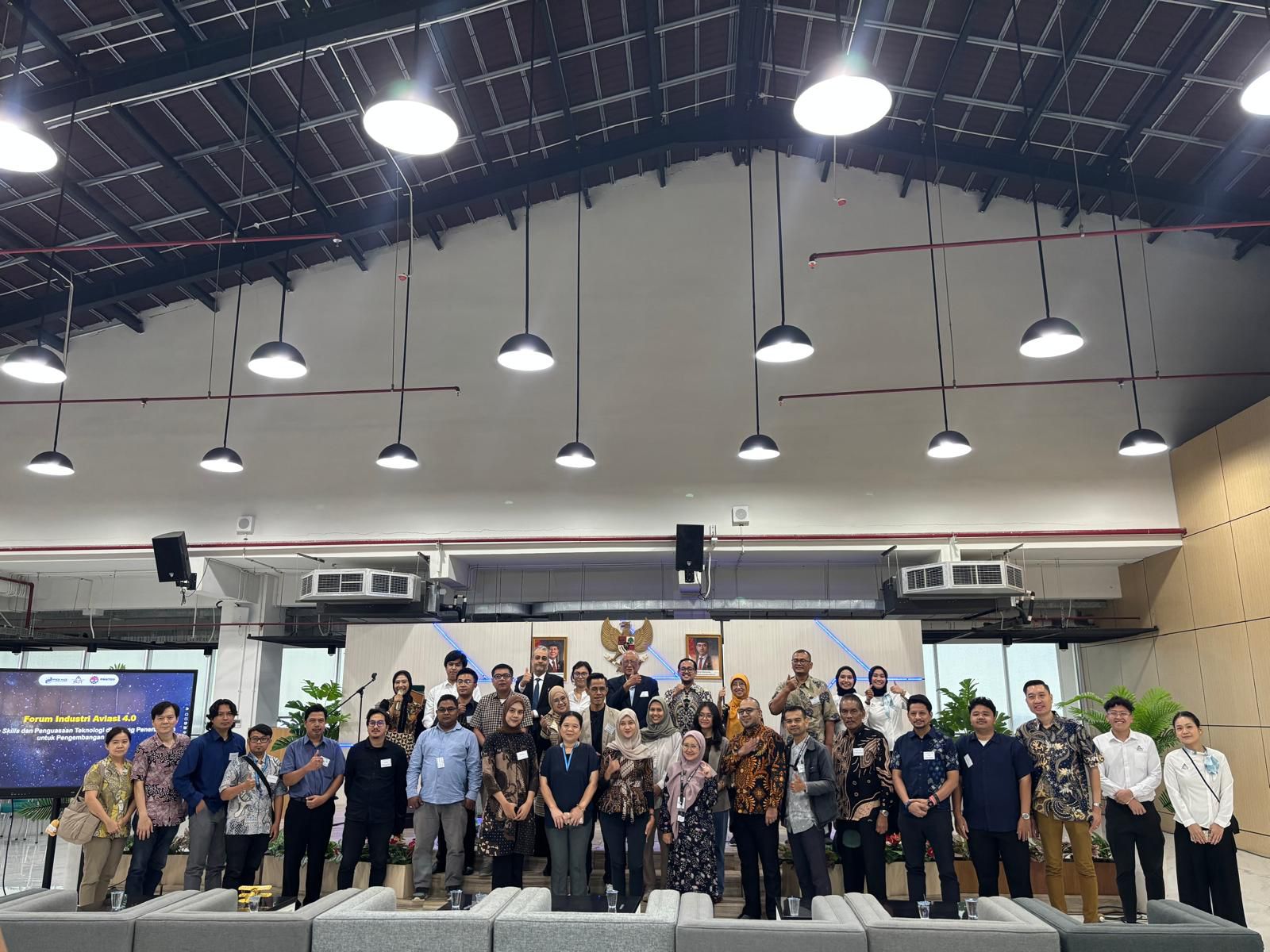


.jpg)
.png)



.jpg)
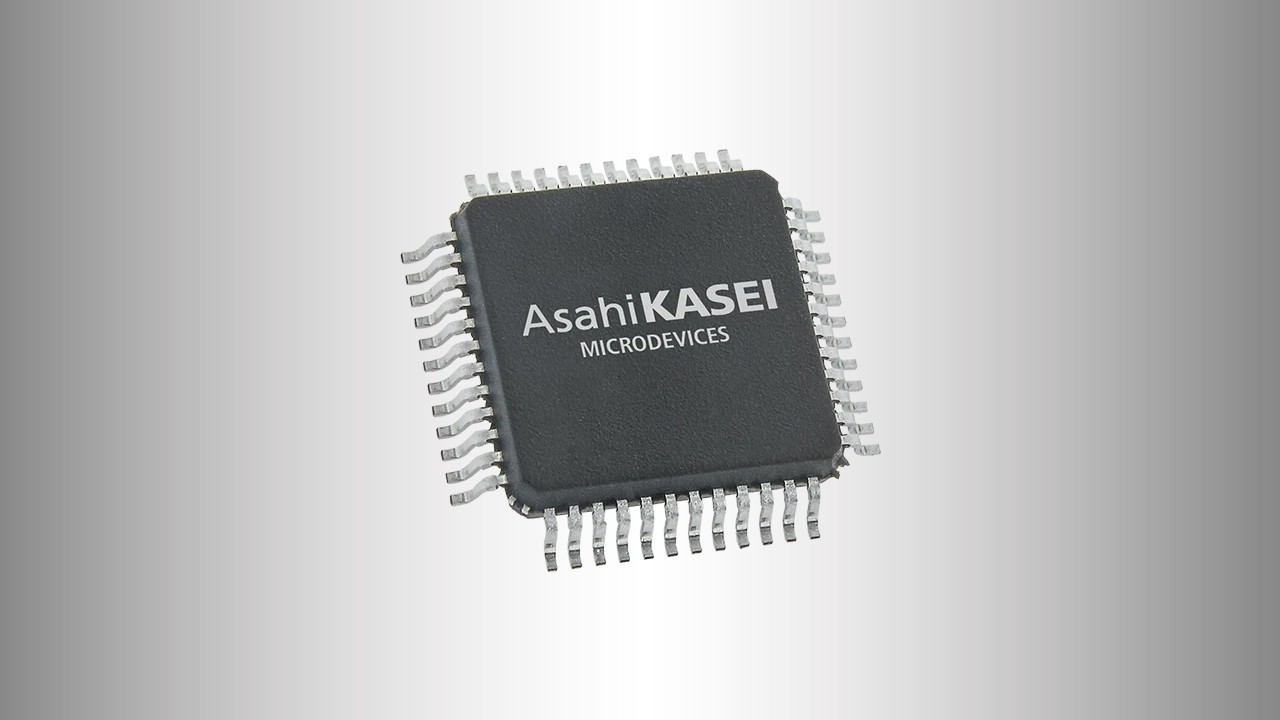
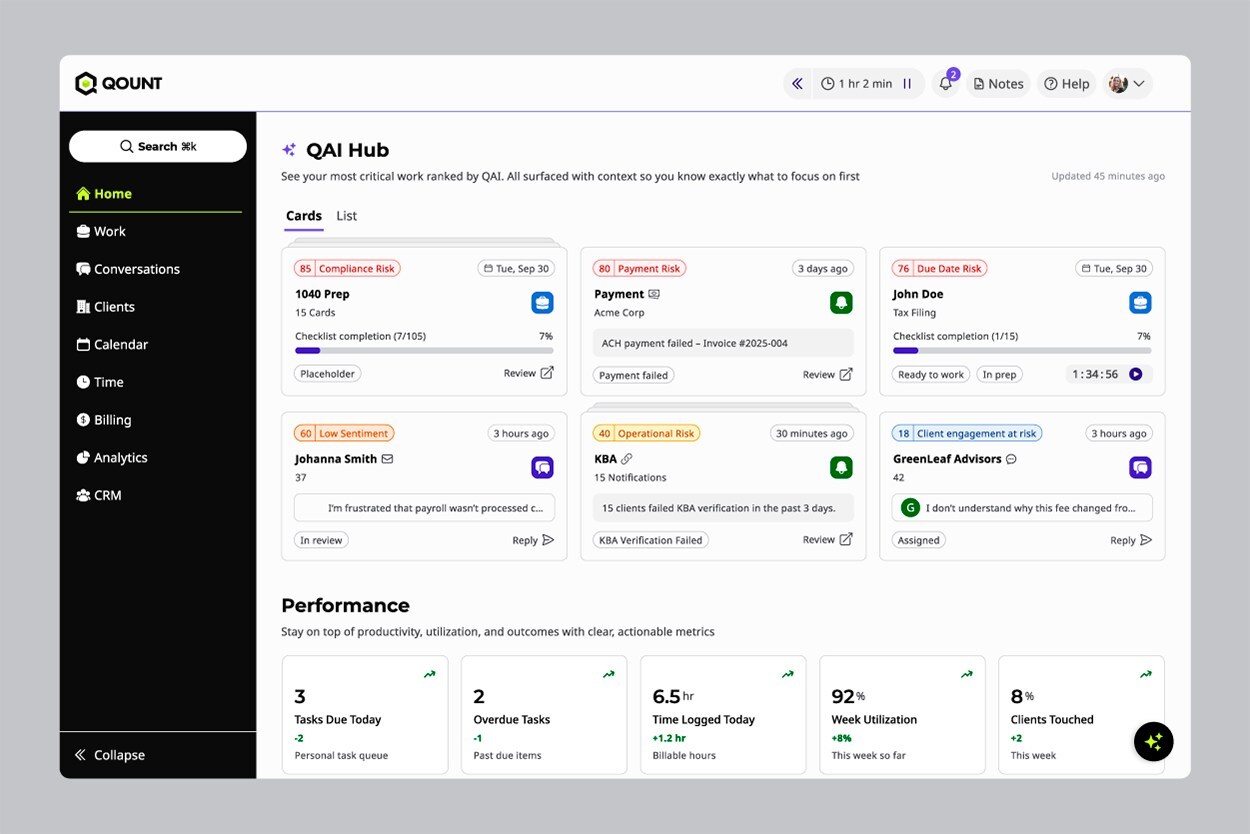

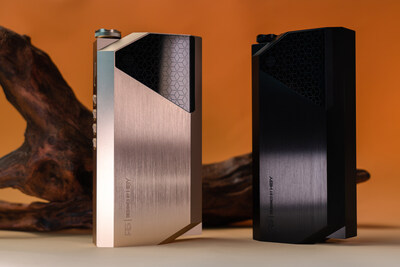







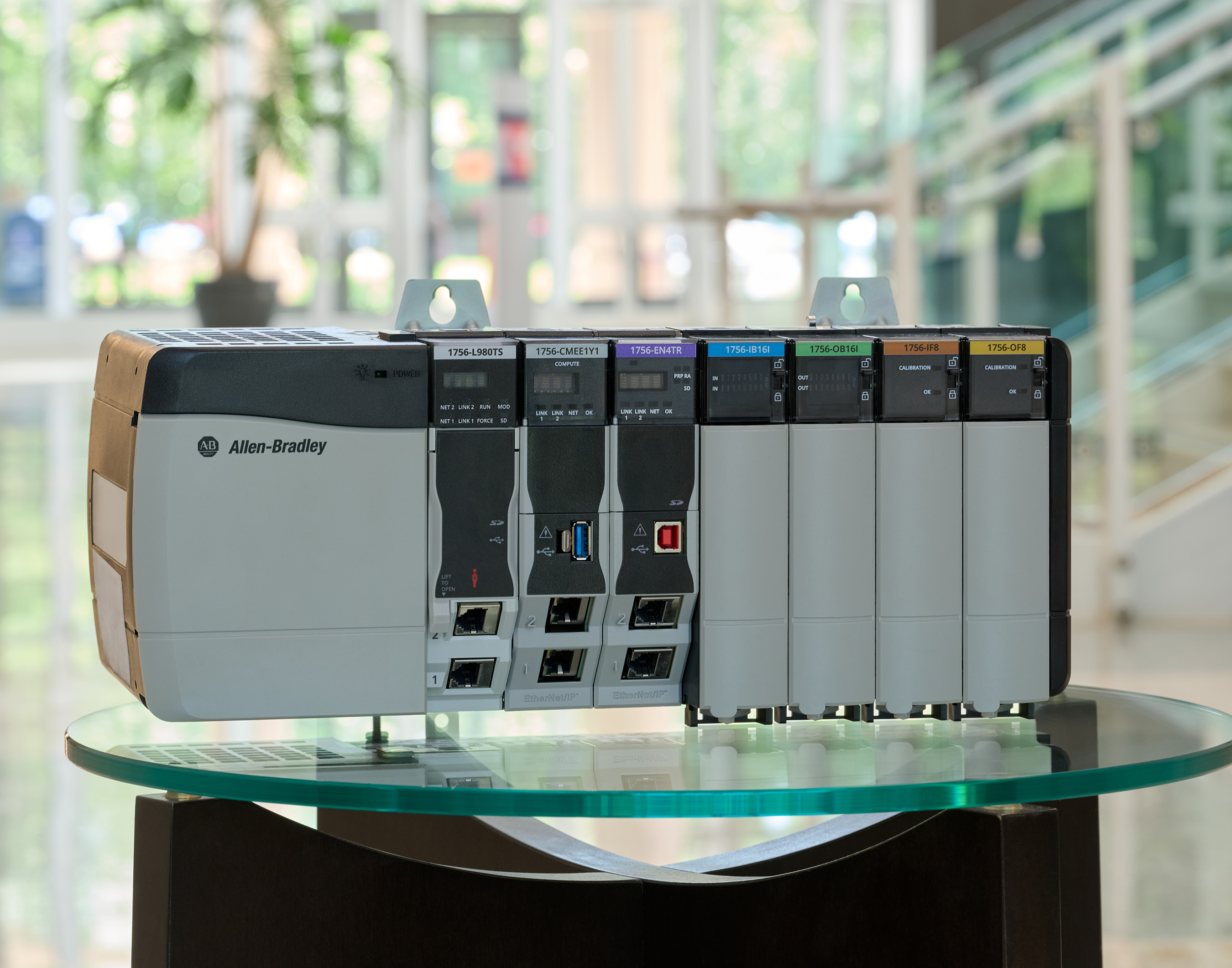

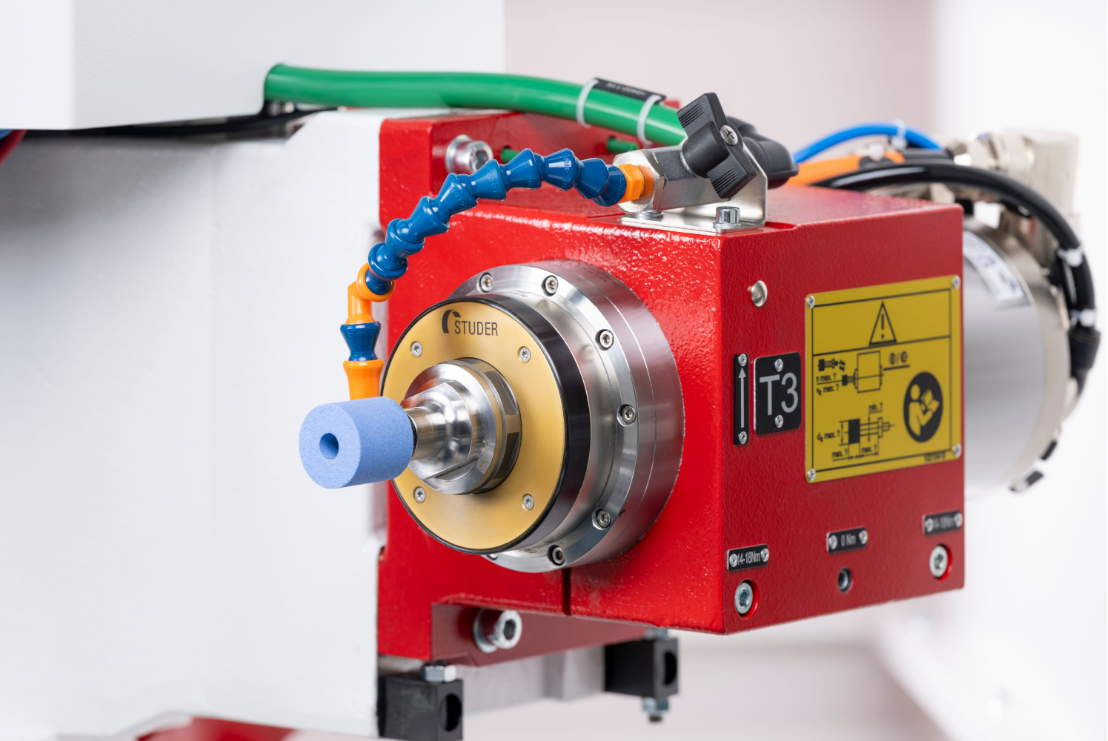
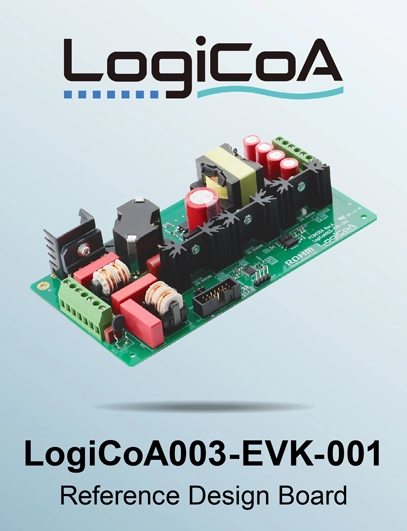
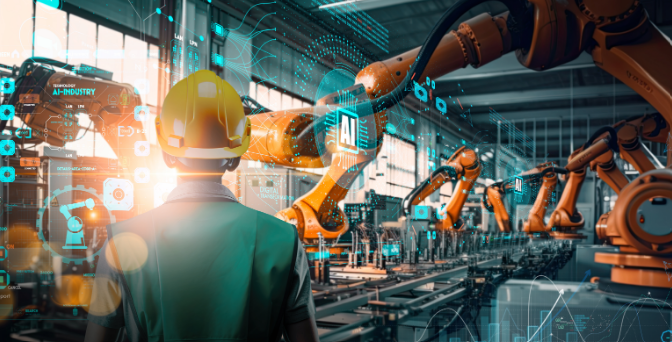




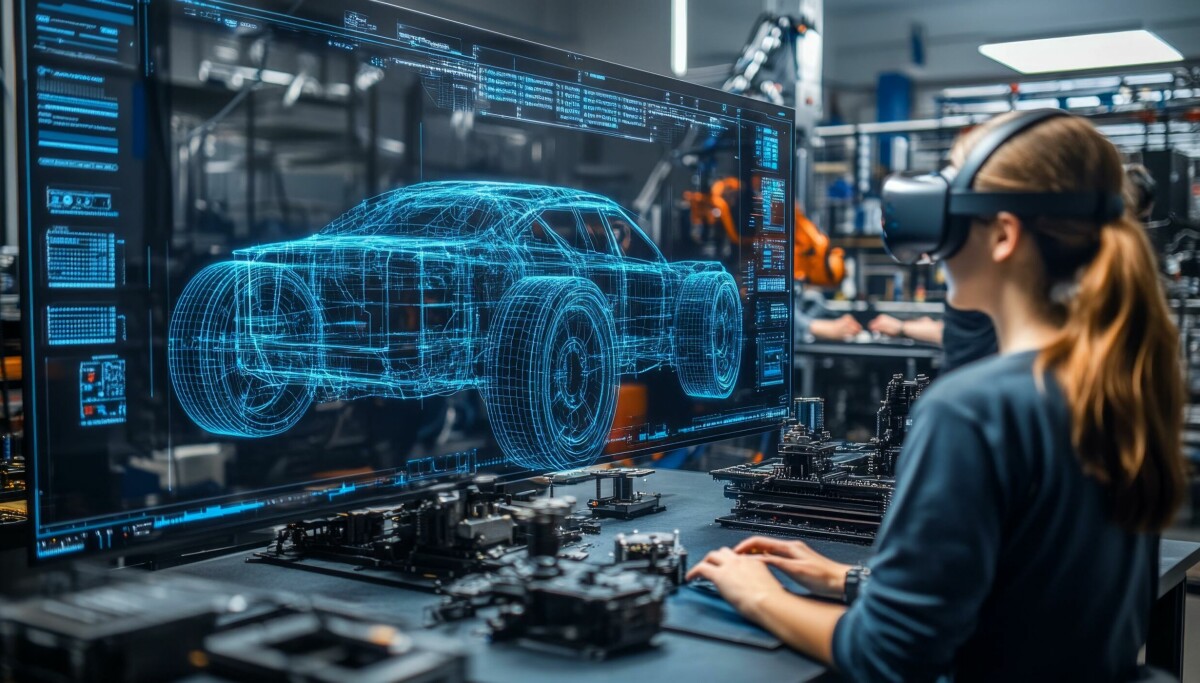

.png)
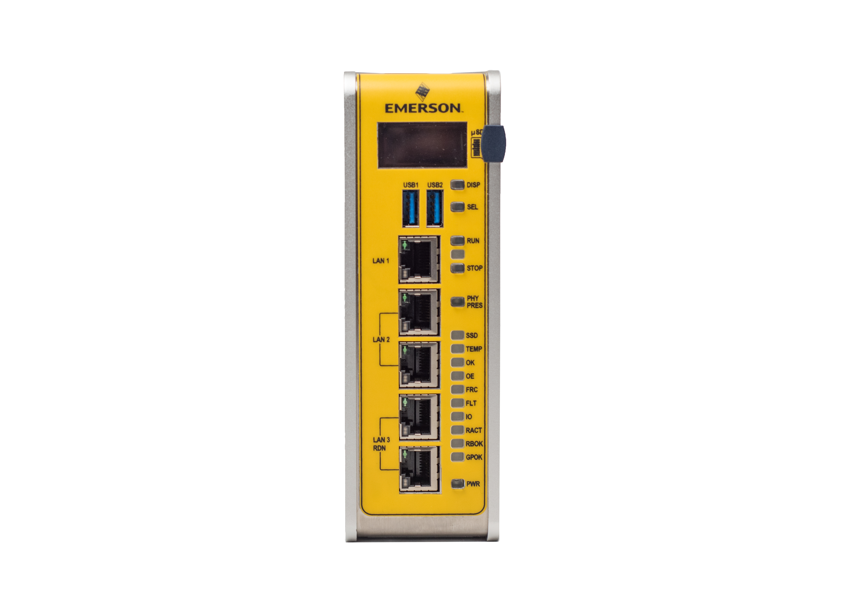
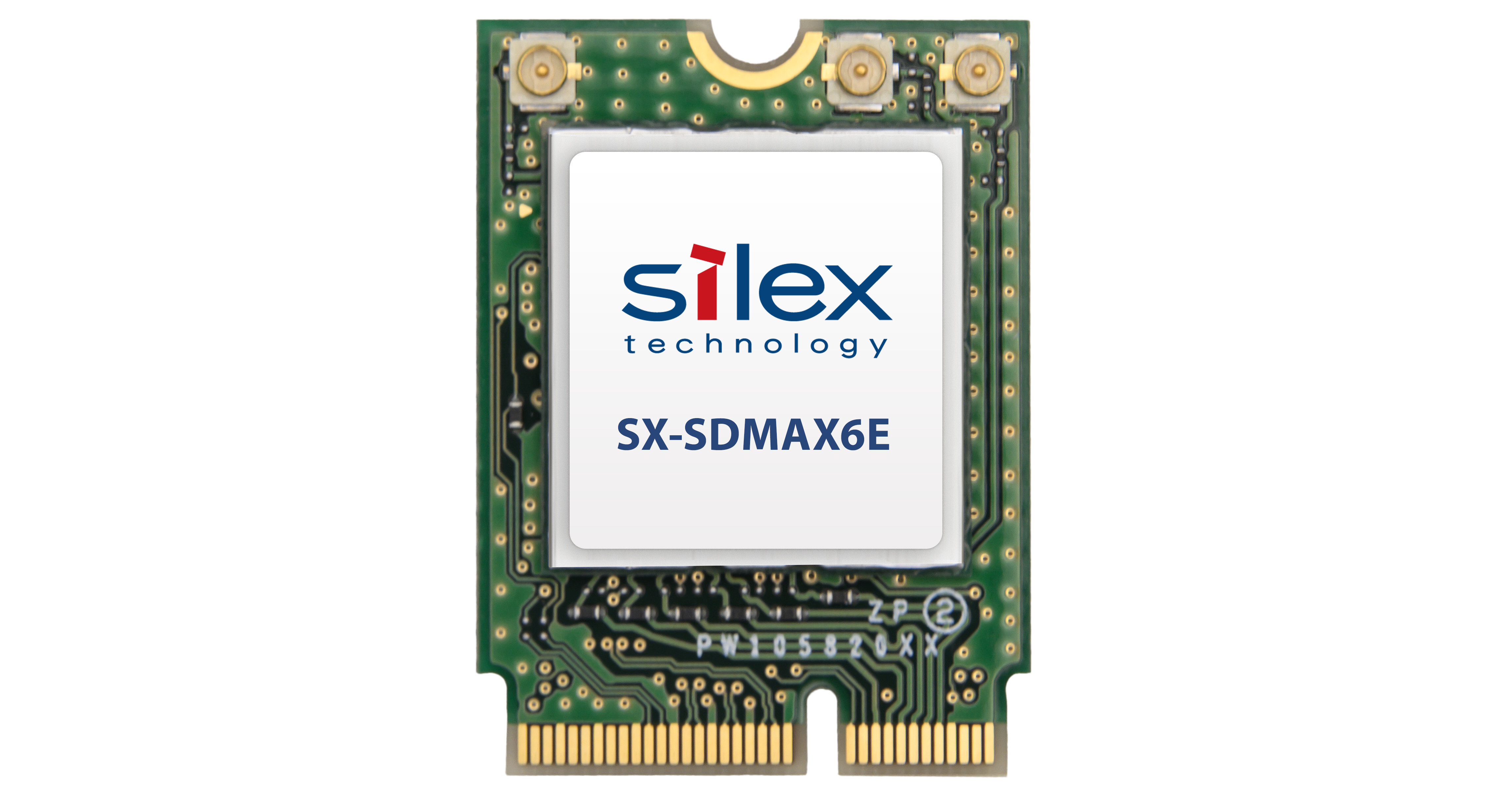



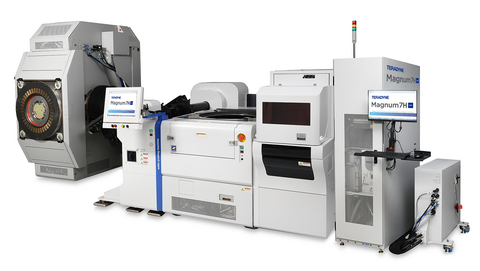





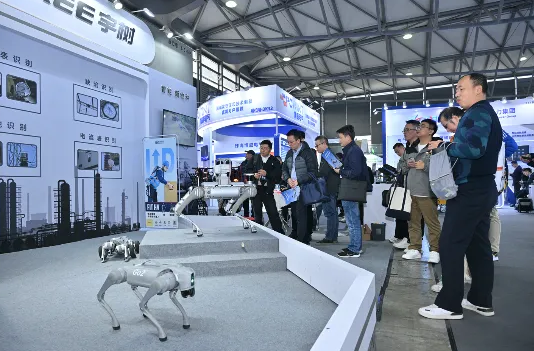
.png)





























.png)











.png)


















